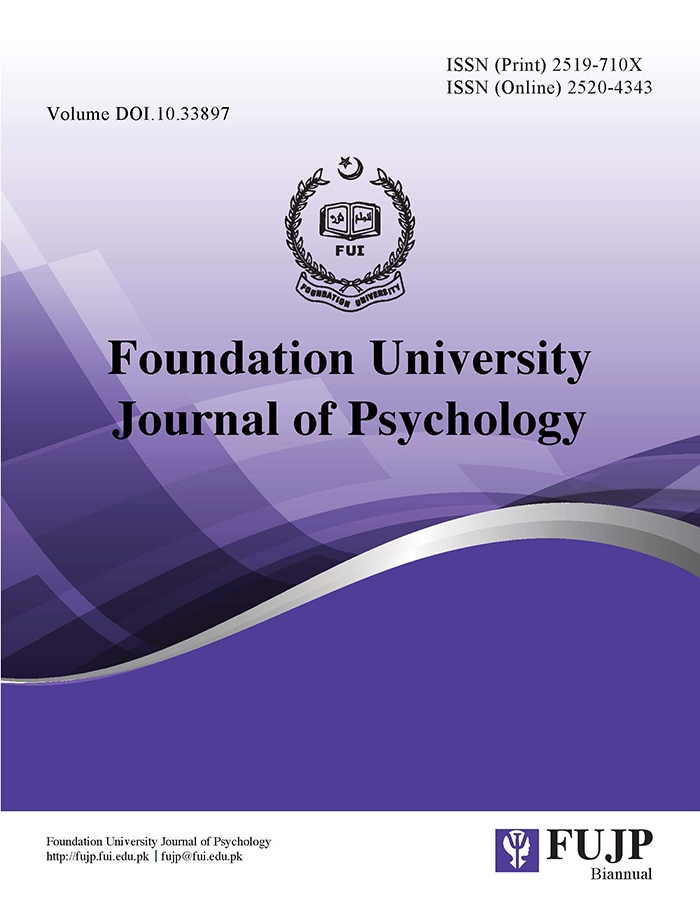The Adaptation and Validation of the New Indices of Religious Orientation Revised Scale
DOI:
https://doi.org/10.33897/fujp.v5i1.298Keywords:
New Indices of Religious Orientation Revised scale, Intrinsic, Extrinsic, Quest, Muslims, Pakistan, Psychometrics.Abstract
Objective. The purpose of this study was to adapt and validate the New Indices of Religious
Orientation Revised (NIROR) scale, which has been developed in different cultural settings, for a
study of Pakistani university students. The NIROR was developed by Francis, Fawcett, Robbins,
and Stairs (2016), consisting of 27 items for Canadian-Christian respondents. It measures intrinsic
religious orientation, extrinsic religious orientation, and quest religious orientation.
Method. In this study, we have culturally adapted the scale for Pakistani sample. The validity
indices were ascertained on a sample of 300 participants, these included; undergraduate, graduate,
and post-graduate students taken from different departments of four universities of Islamabad.
Results. The EFA, using the common factor analysis method, resulted in the final structure of the
scale into 18 items with four factors, the first factor’s reliability was ? = .87, the second factor’s
? = .82, the third factor’s ? = .79 and the fourth factor’s ? =.75. EFA was followed by the CFA on
a new sample (n=498) to confirm the factors’ structure. The CFA revealed a good model fit for the
four factors solution of this scale that is ?2 (125) = 291.34; ?2 /df = 2.33; root mean square error
of approximation (RMSEA) = .05; goodness-of-fit index (GFI) = .94; Tucker-Lewis index (TLI)
= .93; confirmatory fit index (CFI) = .94; normed fit index (NFI) =.90.
Conclusion. It is concluded that the adapted version with four factors is a reliable and valid
measure to be used for Muslim adults in the Pakistani context.


.jpg)

